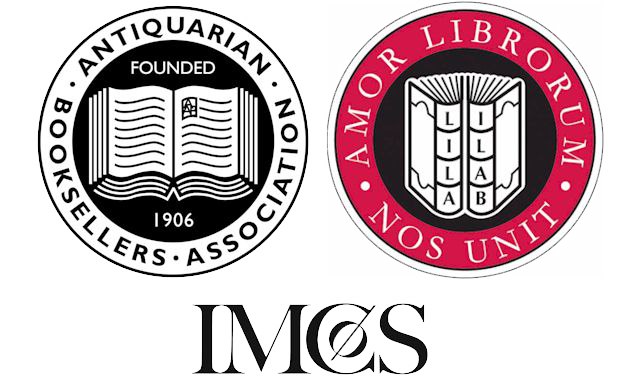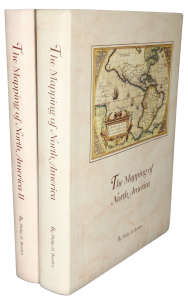Rare Maps and Prints
- World & Celestial
- North America
- West Indies, South & Central America
- British Isles
- British Isles
- English counties
- Large-scale
- Bedfordshire
- Berkshire
- Buckinghamshire
- Cambridgeshire
- Cheshire
- Cornwall
- Cumberland
- Derbyshire
- Devon
- Dorset
- Durham
- Essex
- Gloucestershire
- Hampshire
- Herefordshire
- Hertfordshire
- Huntingdonshire
- Islands
- Kent
- Lancashire
- Leicestershire
- Lincolnshire
- Middlesex
- Norfolk
- Northamptonshire
- Northumberland
- Nottinghamshire
- Oxfordshire
- Rutland
- Shropshire
- Somerset
- Staffordshire
- Suffolk
- Surrey
- Sussex
- Warwickshire
- Westmoreland
- Wiltshire
- Worcestershire
- Yorkshire
- Wales
- Scotland
- Ireland
- Western Europe
- Eastern Europe
- Middle East
- Africa
- Asia
- Australasia & Pacific
- Decorative Prints
- Title Pages
Mr. Philip D. Burden
P.O. Box 863,
Chalfont St. Giles, Bucks HP6 9HD,
UNITED KINGDOM
Tel: +44 (0) 1494 76 33 13
Email: enquiries@caburden.com
The first map derived from the work of Ogilby was published by John Adams in twelve sheets in 1677. That map and his two-sheet derivative published in 1679 were both accurate maps in that the outline of the country portrayed was accurate at the time. However, an extremely rare series of diagrammatic maps also appeared. The roads are the main feature of the map and are laid down in virtually straight double ruled lines. The computed distance in miles between towns is plotted. The majority were separately issued and are extremely rare.
The first diagrammatic map identified by Shirley was that of William Berry in 1679. This did not even bear a coastline, only double ruled lines across the map to indicate the roads. Shirley however made no mention of the inspiration for these which began with a series of five so-called word-maps published by Thomas Bassett and Richard Chiswell in their edition of the folio Speed atlas in 1675. Ogilby’s ‘Britannia’ was certainly available by 18-22 November 1675 when it was advertised for sale in the ‘London Gazette’. By 13-17 January 1676 Ogilby was complaining in the same journal that ‘Certia[sic] tables being taken out of Mr. Ogilby’s Britannia, and Printed in five sheets with Mr. Speeds Maps, Mr. Ogilby hath Published his own Tables of all the Roads, with the computed and measured distance betwixt every Town, and the distinction of Marks and Post-Towns, fitted for a Pocket-Book, Price 1s. Mr. Ogilby’s name is to each sheet …’
Speed’s version did not include the measured mileage figures. Hodson describes them: ‘The road maps are based, as would be expected, on the Ogilby strip-maps, and mirror them faithfully. The roads comprise a sequence of placenames in the order that they appear on the roads, arranged in vertical columns. Attached to each placename are figures representing the distance between the stages in computed miles (left) and Ogilby measured miles and furlongs (right) except where this is less than one mile. There are no cumulative mileage figures. A further refinement is that cities are printed in capitals, market towns are in italic, while post-towns have an asterisk. The table of Northern roads comprises nine columns and the rest have seven; the explanation for the use of the tables appears on the Northern table only, implying that the sheets were intended to be sold as a set.
Each of the four sheets is devoted to one or more main roads from London, with their primary branches and sub-branches. The main roads are depicted by a central stem of placenames with London at the bottom and the destination town at the top. The primary branches leave this stem at the appropriate point and commence a new list in another column; some of these, in turn, have sub-branches arranged in a similar fashion. In order to conform to the design of parallel vertical columns some of these branches and sub-branches make use of the available space by a complete reversal of direction so that they continue backwards down the sheet. Consequently, the tables do not pretend to any degree of orientational accuracy and this contrasts with the word maps of Bassett and Chiswell… These road maps were apparently soon replaced by a pocket road book based on the text from ‘Britannia’.’
They are printed using woodblocks with inset metal type. Ogilby’s data is broken down into four sheets: the ‘Northern Roads’, ‘West and by South Roads’, ‘West and by North Roads’, and ‘North-West Roads’. Only two examples of the ‘Britannia’ are recorded with these sheets bound in (Burden Collection and Bodleian Library (Vet.A3.b.10)). A further set of four sheets is recorded in the British Library (118.b.10) bound with the general map from the ‘Britannia’ in their copy of ‘Mr. Ogilby’s tables of his Measur’d Roads’, 1676. It is in the King’s Library and is red-ruled. That book was a tall narrow duodecimo and granted a licence on 31 March 1676. Bassett and Chiswell published their own tables in book form as ‘The English Travellers Companion’ in 1676. Only two examples are recorded, in the British Library and the Royal Geographical Society. Provenance: private English collection. Bennett (2007) p. 14; Delano-Smith & Kain (1999) pp. 168-72; Fordham (1924) p. 11; Hodson (2000) ‘The Early Printed Road Books and Itineraries of England and Wales’, pp. 401-520, B 5 & B6 (pp. 482-3) & B15 (pp. 497-503); Shirley (1988); Tyacke (1978) 49; Woodward (1978) pp. 174-5.








